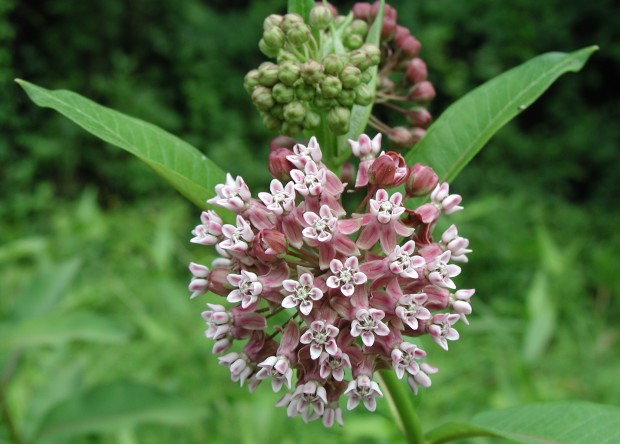 The Ohio Pollinator Habitat Initiative from last fall resulted in approximately 2,500 gallons of milkweed pods collected throughout the state. Thank you to everyone who contributed to this effort in Warren County! Over the winter the milkweed pods were delivered to Department of Corrections Institutions where the seeds were collected from the pods and placed in cold storage. This process improves the germination of the seeds. Once this process was complete, the seeds were distributed back to Warren County and to the other districts who participated in the initiative. For those with a packet, follow the planting guide below: Planting time: February - April OR September - November If you wish to plant the seed in the spring, you will need to stratify the seed. To stratify the seed, place a thin layer of seed between damp paper towels and place it in a refrigerator for approximately 40 days. If you plant the seeds in the fall, seed stratification is not necessary. Site selection: Sunny spot with well-drained soil. Prepare soil: Remove weeds and rake to 1'' deep. Spread seeds: Uniformly cover the cleared area. Press seeds: Walk over newly planted area. Do not cover seeds any deeper than 1/16''. Some of the seeds will remain visible. Water: Regularly for 4-6 weeks for germination. Watch: Reduce watering at 2'' tall, unless the seedlings seem stressed.
4 Comments
Spring is just around the corner and here in Warren County we have already been seeing the signs - rain, rain and rain! Sometimes rain can collect on a property in less than desirable locations making mowing, growing and recreation difficult. There are lots of ways to solve drainage problems, but one that will add some aesthetic value as well is a RAIN GARDEN! A rain garden is a shallow, constructed depression to catch rainwater. It contains plants that tolerate standing water for several hours. If it is designed properly, all water from a rain event will soak into the ground within 48-72 hours. Rain gardens receive a rush of polluted stormwater from hard surfaces (such as sidewalks, driveways, roofs, and streets), hold the water for a short period of time, and allow it to naturally soak into the ground. The plants and soil remove most pollutants so that the rainwater can recharge the groundwater with clean healthy water. Warren SWCD Office Rain Garden in Action! Learn more about rain gardens and rain garden design by visiting our Rain Garden Webpage! Call our office today if you would like technical assistance on your rain garden project!
|
Details
Warren County SWCD Staff BlogA blog to keep you informed on all the latest news at Warren County SWCD and in the conservation world. Archives
May 2024
Categories
All
|
|
|
Contact:PHONE: (513) 695 - 1337
EMAIL: [email protected] HOURS: Monday - Friday 7:30am - 4:00pm (except holidays) Connect:Warren County Soil & Water Conservation District Copyright © 2016
Warren SWCD Privacy Notice. Emails are serviced by Constant Contact. Constant Contact's Privacy Notice. |

